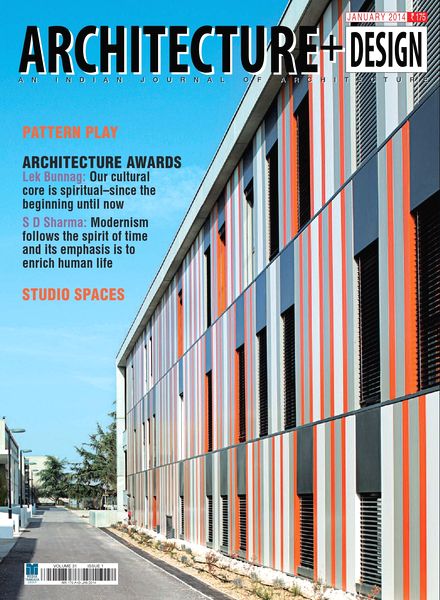


The expectation was that when you were asked to do a house for a client they would be a sculptor, a cinematographer or a philosopher. I felt rebellion against the relevance of what we were dealing with at the university. How did you react to the self-referential environment of the discipline? I caught up with the potential of architecture to change society rather late, but this was out of ignorance, not out of interest. It was only when I was invited to teach at Harvard in 2000 that I understood the political dimensions of the profession. When I studied architecture at Universidad Católica de Chile from 1985 to 91 it was a self-referential profession, as removed as one can possibly imagine from politics and society. During my architectural studies I began to develop why I would like to study it.ĭid becoming an architect connect with your social and political interests? That wasn’t a bad thing as I didn’t have any expectations.

What can you possibly know at 17? When I asked for some orientation the school looked at my subject grades and suggested architecture, but I had no idea what it was. Alejandro Aravena, why did you want to become an architect?


 0 kommentar(er)
0 kommentar(er)
